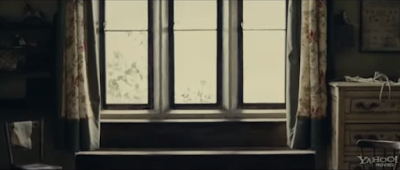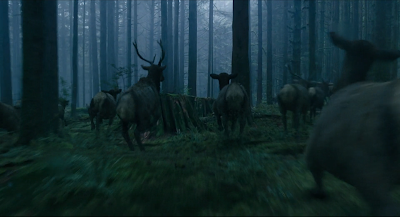Locations
The Hogsmill River
The forest near the hogsmill river is a great location for a horror movie because it features both enclosed and open areas which gives us freedom in the shots we use.
Ebbisham Park
Ebbisham Park will be a suitable area for our short movie. This is because it is an open ground which includes shady/dark forest areas that can be used to add to the scenes.
Ashley Road Deep-level Shelter
This bunker is private property but with permission from the land owner we may be able to film in this shelter, its a very large maze of corridors and rooms which works perfectly for a horror movie.
It is currently owned by 'Elite Action Games Epsom' so we would have to ask permission to film there.
It is currently owned by 'Elite Action Games Epsom' so we would have to ask permission to film there.


























